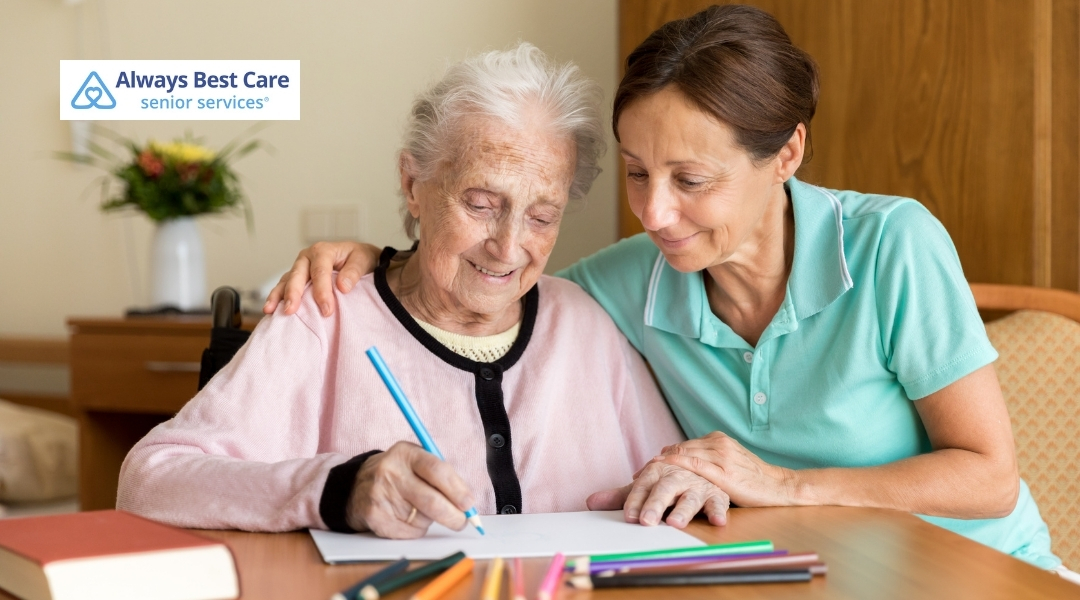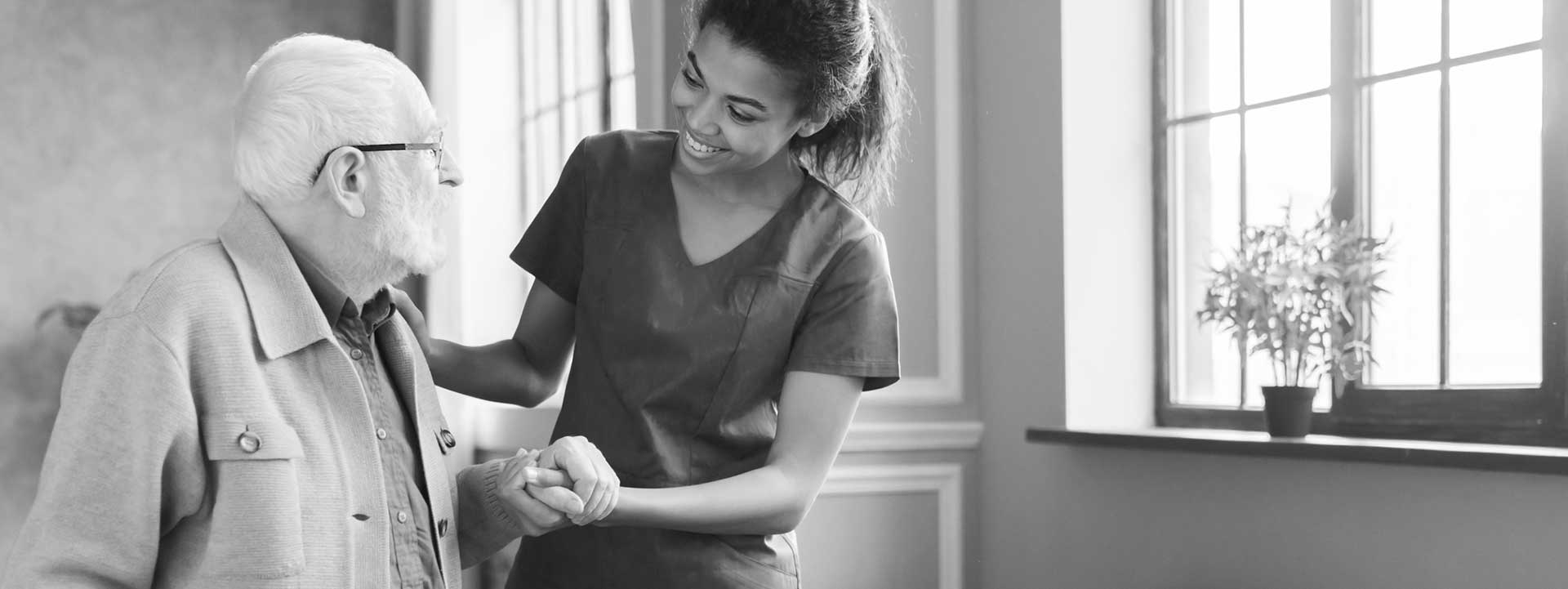Safe Havens: Essential Home Safety Modifications for Loved Ones With Dementia in Denver

Home should be a haven, but for someone living with dementia, it can quickly turn into a maze of confusion and hazards.
At Always Best Care of Denver, we know that a few thoughtful tweaks-big or small-can make all the difference.
So, how can we transform a regular home into a dementia-friendly home? Grab a cup of tea, and let’s roll up our sleeves!
What you will learn:
- The key reasons why home modifications for dementia are essential for safety, comfort, and independence.
- Simple, practical ways to adapt each room.
- Useful safety tips, technology aids, and supportive equipment that help prevent accidents and ease daily life for loved ones with dementia.

Why Home Modifications for Dementia Matter
Dementia changes how people see, remember, and interact with their environment. Simple tasks become tricky, and familiar spaces can suddenly feel foreign. Smart home modifications for dementia can:
- Reduce falls and injuries.
- Boost independence.
- Ease anxiety and confusion.
- Prevent wandering and accidents.
3 Key Principles of a Dementia-Friendly Home
Light It Up
- Double the usual lighting levels; aging eyes need more light!
- Use daylight as much as possible; keep curtains open and windows clear.
- Add motion-sensor lights in hallways and bathrooms for nighttime trips.
Color and Contrast
- Use contrasting colors for walls, floors, and furniture to help with depth perception.
- Avoid busy patterns; they can confuse or even frighten someone with dementia.
- Try colored tape or labels for steps, switches, and taps.
Declutter and Simplify
- Keep walkways clear; no tripping over shoes or stray rugs!
- Store daily-use items in easy-to-reach, labeled spots.
- Remove or lock away hazardous items like cleaning products, knives, and medications.

Room-by-Room Home Modifications for Dementia
Kitchen Safety Tips
- Install stoves with auto shut-off features or remove stove knobs.
- Keep sharp objects and cleaning supplies locked away.
- Use clear labels on cupboards and drawers.
- Regularly clean out the fridge; no one wants a science experiment gone wrong!
Bathroom Modifications
- Add grab rails and slip-resistant mats.
- Install a raised toilet seat and a color-contrasted toilet seat for easy spotting.
- Use lever taps and label “hot” and “cold” clearly.
- Remove electric blankets and hot water bottles.
Bedroom Safety
- Place non-slip mats beside the bed (but make sure they’re not a trip hazard).
- Install nightlights or motion-sensor lights for late-night wandering.
- Remove mirrors or limit them.
Living Areas
- Arrange furniture for easy navigation; think wide, open paths.
- Use photos of loved ones and familiar objects to create a sense of belonging.
- Keep commonly used items, like the TV remote or favorite blanket, within arm’s reach.

Top 10 Dementia Safety Tips
- Lock away hazardous items (cleaners, knives, meds).
- Use contrasting colors for steps and switches.
- Install grab rails and slip-resistant flooring.
- Add motion-sensor lights throughout the house.
- Label doors, cupboards, and drawers.
- Remove or secure loose rugs and cords.
- Keep emergency numbers on every phone.
- Limit mirrors and reflective surfaces.
- Use door alarms to prevent wandering.
- Regularly assess the home for new hazards.
Technology Aids and Equipment
- Door alarms and GPS trackers for wandering prevention.
- Smart home systems for automating lights and heating.
- Memory aids like whiteboards or digital reminders.
- Accessible phones with large buttons and photo dialing.

Frequently Asked Questions About Home Safety Modifications for People With Dementia
How do I start dementia proofing a home?
Begin with a walk-through, looking for trip hazards, poor lighting, and unsecured dangerous items. Tackle the most urgent risks first, then work room by room.
What’s the best lighting for dementia patients at home?
Bright, even lighting is key! Use natural daylight when possible and add motion-sensor lights in dark areas. Avoid glare and harsh shadows.
How can I prevent wandering at home?
Install door alarms, use locks on exit doors, and consider GPS devices. Keep doors to unsafe areas locked, but allow easy access to safe spaces.
Are labels and signage really helpful?
Absolutely! Clear, simple labels (words or pictures) on doors, cupboards, and drawers help jog memory and reduce frustration.
What should I avoid in a dementia-friendly home?
Busy patterns, clutter, loose rugs, and anything sharp or toxic. Also, steer clear of complicated gadgets and confusing layouts.

Transform Your Home Into a Safe Haven | Start Your Dementia-Friendly Makeover Today!
Making home modifications for dementia isn’t just about safety-it’s about helping our loved ones feel confident, comfortable, and cared for.
At Always Best Care of Denver, we believe a few thoughtful changes can turn a house back into a home. Remember, it’s not about perfection; it’s about progress.
Ready to roll up your sleeves and create a dementia-friendly home? We’re right here with you every step of the way.
Contact Always Best Care of Denver at (303) 952-3060 to learn more and schedule your free consultation.





